Influence of Steel Fiber and Carbon Fiber Mesh on Plastic Hinge Length of RCC Beams under Monotonic Loading
Abstract
:1. Introduction
2. Plastic Hinge Length (PHL)
3. Materials and Specifications
3.1. General
- 53 graded Ordinary Portland cement is used in this study with a specific gravity of 3.14 according to the Indian standard IS 12269 (1987) [27] for conventional concrete.
- According to IS 383:1970 [28], M-sand is added as the fine aggregate of zone II for conventional concrete that passes through 4.75 mm and has a specific gravity of 2.6.
- Coarse aggregate, 20 mm in diameter in dry condition with a specific gravity of 2.69 was used for casting concrete.
- Water is a major component in concrete because it is responsible for the workability of the concrete. Portable water meeting requirements as per IS 456-2000 [29] is used for casting and curing.
- A fabric-reinforced bidirectional carbon mesh is designed to be field installed with a cementitious matrix to create an FRCM as a composite system for structural reinforcement applications. In particular, it makes beams and columns more flexible structurally. Epoxy (Ly556) and hardener (HY951) were employed in a ratio of 1 (hardener) to 4 to bond carbon fiber mesh to concrete (epoxy). Figure 1 depicts the carbon fiber mesh that was utilized in this work, and Table 2, Table 3 and Table 4 provide material parameters for concrete, carbon fiber mesh, and steel fibers that will be used in ABAQUS [30]. Table 5 displays the mix ratio and the material proportions.
- In this investigation, steel fiber with hooked ends was employed. The steel fiber with the hooked end was chosen among the many fiber kinds because, as was already explained, it is utilized to increase strength and offer additional anchoring in the concrete. The steel fiber utilized had a diameter of 0.50 mm and a length of 30 mm. The steel fiber utilized has a 60 aspect ratio. The steel fiber utilized in this investigation is seen in Figure 2.
3.2. Mix Proportions
3.3. Specimen Details
3.4. Beam Specimens
4. Analytical Investigation
Convergence Study
5. Experimental Investigation
5.1. General
5.2. Modulus of Elasticity
5.3. Monotonic Loading on Beams
6. Result and Discussion
6.1. Stress and Deflection
6.2. Experimental Results
6.3. Ultimate Load and Deflection of Beams
6.4. Comparative Study on Analytical and Experimental Investigation
6.5. Stiffness
7. Conclusions
- Among different plastic hinge length expressions from Baker, Sawyer, Coreley, Mattock, Park, Pristley, Paulay, Fardis, and Panagiotakos, the Paulay and Pristley expressions have been considered for plastic hinge length calculations in experimental investigation.
- Steel fiber reinforced concrete with a 1.5% content performs better in terms of compressive strength and split tensile strength when compared to regular concrete.
- The split tensile strength of steel fiber-reinforced concrete seems to be 1.5 times larger than that of regular concrete due to the dispersion of steel fiber in the concrete, which influences the bonding and promotes tensile strength. The cylinder specimen was compressed using uniaxial compression in order to calculate the modulus of elasticity, and the results showed that the SFRC specimen with 1.5% steel fiber outperformed the conventional concrete specimen by a factor of 1.14. The same was thus used to casting beam specimens. The behavior under bending is clearly shown by the flexural strength test, which shows that the flexible beam with steel fiber exhibits a 1.39 times larger performance gain than that of a normal beam.
- The results of conventional concrete, CFM jacketed on total length, CFM jacketed on PHL, SFRC, and SFRC at PHL, SFRC & CF at PHL, and SFRC at PHL & CFM jacketed on the total length of a beam were compared.
- Steel fiber reinforcement in concrete has superior tensile strength and can withstand more severe loads than regular concrete when exposed to monotonic stress. Similar types of fracture patterns may be seen in steel fiber reinforced concrete with a 150 mm plastic hinge length and steel fiber dosed over the beam span. The failure happened simultaneously because of the material’s higher ductility. Cracks are appearing far from the zone of greatest deflection because of the steel fiber at the hinge length.
- When compared to the RCC beam, the SFRC beam exhibits comparatively less deflection. The inclusion of SFRC at simply the length of the plastic hinge of a beam led to a similar discovery since steel fiber boosts the beam’s strength. Steel fiber reinforcement offers the same ductility and resilience to the load as SFRC and SFRC solely at PHL at a 150 mm plastic hinge length. When the traditional beam is reinforced across its span and steel fibres are used at the length of the plastic hinge, the total stiffness of the beam is fairly high. The ultimate load-bearing capacity and deflection due to delay in failure are both increased by carbon fiber mesh jacketing for the complete span with steel fiber dosage at the plastic hinge length.
- Hence, from the above discussion two things are very clear, one is instead of providing steel fiber throughout the span of the beam, provide it at plastic hinge length alone as both of them provide the same performance under monotonic loading. This will reduce the number of fibers used for construction and which will be economical as well. Meanwhile, the next one is carbon fiber jacketing done for the whole beam span with fiber placed at plastic hinge length shows the best performance when compared to that of other techniques.
8. Scope for Future Work
Author Contributions
Funding
Data Availability Statement
Conflicts of Interest
References
- Barros, J.A.O.; Figueiras, J.A. Flexural Behavior of Steel Fiber Reinforced Concrete: Testing and Modelling. J. Mater. Civ. Eng. 1999, 11, 331–352. [Google Scholar] [CrossRef] [Green Version]
- Neto, B.N.M.; Barros, J.A.; Melo, G.S. A model for the prediction of the punching resistance of steel fibre reinforced concrete slabs centrically loaded. Constr. Build. Mater. 2013, 46, 211–223. [Google Scholar] [CrossRef] [Green Version]
- Sivanantham, P.; Gurupatham, B.G.A.; Roy, K.; Rajendiran, K.; Pugazhlendi, D. Plastic Hinge Length Mechanism of Steel-Fiber-Reinforced Concrete Slab under Repeated Loading. J. Compos. Sci. 2022, 6, 164. [Google Scholar] [CrossRef]
- Pradeep, S.; Vengai, V.E.; More, D.F. Experimental Investigation on the Usage of Steel Fibres and Carbon Fibre Mesh at Plastic Hinge Length of Slab. Mater. Today Proc. 2019, 14, 248–256. [Google Scholar] [CrossRef]
- Gopinath, A.; Nambiyanna, B.; Nakul, R.; Prabhakara, R. Parametric study on rotation and plastic hinge formation in RC beams. J. Civ. Eng. Technol. Res. 2014, 2, 393–401. [Google Scholar]
- Zhao, X.; Wu, Y.-F.; Leung, A.; Lam, H.F. Plastic hinge length in reinforced concrete flexural members. Procedia Eng. 2011, 14, 1266–1274. [Google Scholar] [CrossRef] [Green Version]
- Zhao, X.-M.; Wu, Y.-F.; Leung, A. Analyses of plastic hinge regions in reinforced concrete beams under monotonic loading. Eng. Struct. 2012, 34, 466–482. [Google Scholar] [CrossRef]
- Mainst, R.M. Measurement of the Distribution of Tensile and Bond Stresses Along Reinforcing Bars. ACI J. Proc. 1951, 48, 225–252. [Google Scholar] [CrossRef]
- Mattock, A.H. Rotational Capacity of Hinging Regions in Reinforced Concrete Beams, Flexural Mechanics of Reinforced Concrete. In Proceedings of the ASCE-ACI International Symposium, Miami, FL, USA, 10–12 November 1964; pp. 143–180. [Google Scholar]
- Sümer, Y. Determination of Plastic Hinge Length for RC Beams Designed with Different Failure Modes under Static Load. Acta Phys. Pol. A 2019, 135, 955–960. [Google Scholar] [CrossRef]
- Paulay, T.; Priestley, M.N. Seismic Design of Reinforced Concrete and Masonry Buildings; Wiley: New York, NY, USA, 1992; Volume 768. [Google Scholar]
- Holschemacher, K.; Mueller, T.; Ribakov, Y. Effect of steel fibres on mechanical properties of high-strength concrete. Mater. Des. 2010, 31, 2604–2615. [Google Scholar] [CrossRef]
- Khaloo, A.R.; Afshari, M. Flexural behaviour of small steel fibre reinforced concrete slabs. Cem. Concr. Compos. 2005, 27, 141–149. [Google Scholar] [CrossRef]
- Nguyen, N.T.; Bui, T.-T.; Bui, Q.-B. Fiber reinforced concrete for slabs without steel rebar reinforcement: Assessing the feasibility for 3D-printed individual houses. Case Stud. Constr. Mater. 2022, 16, e00950. [Google Scholar] [CrossRef]
- Xiang, D.; Liu, Y.; Gu, M.; Zou, X.; Xu, X. Flexural fatigue mechanism of steel-SFRC composite deck slabs subjected to hogging moments. Eng. Struct. 2022, 256, 114008. [Google Scholar] [CrossRef]
- McMahon, J.A.; Birely, A.C. Service performance of steel fiber reinforced concrete (SFRC) slabs. Eng. Struct. 2018, 168, 58–68. [Google Scholar] [CrossRef]
- Xiang, D.; Liu, S.; Li, Y.; Liu, Y. Improvement of flexural and cyclic performance of bridge deck slabs by utilizing steel fiber reinforced concrete (SFRC). Constr. Build. Mater. 2022, 329, 127184. [Google Scholar] [CrossRef]
- Paramasivam, P.; Ong, K.; Ong, B.; Lee, S. Performance of Repaired Reinforced Concrete Slabs under Static and Cyclic Loadings. Cem. Concr. Compos. 1995, 17, 37–45. [Google Scholar] [CrossRef]
- Laila, L.R.; Gurupatham, B.G.A.; Roy, K.; Lim, J.B.P. Effect of super absorbent polymer on microstructural and mechanical properties of concrete blends using granite pulver. Struct. Concr. 2020, 22, 1–18. [Google Scholar] [CrossRef]
- Laila, L.R.; Gurupatham, B.G.A.; Roy, K.; Lim, J.B.P. Influence of super absorbent polymer on mechanical, rheological, durability, and microstructural properties of self-compacting concrete using non-biodegradable granite pulver. Struct. Concr. 2020, 22, 1–24. [Google Scholar] [CrossRef]
- Kathavate, V.; Amudha, K.; Ramesh, N.; Ramadass, G. Failure Analysis of Composite Material under External Hydrostatic Pressure: A Nonlinear Approach. Mater. Today Proc. 2018, 5, 24299–24312. [Google Scholar] [CrossRef]
- Kathavate, V.S.; Pawar, D.N.; Adkine, A.S. Micromechanics-based approach for the effective estimation of the elastic properties of fiber-reinforced polymer matrix composite. J. Micromech. Mol. Phys. 2019, 4, 1950005. [Google Scholar] [CrossRef]
- Lowe, D.; Roy, K.; Das, R.; Clifton, C.G.; Lim, J.B. Full scale experiments on splitting behaviour of concrete slabs in steel concrete composite beams with shear stud connection. Structures 2020, 23, 126–138. [Google Scholar] [CrossRef]
- Madan, C.S.; Munuswamy, S.; Joanna, P.S.; Gurupatham, B.G.A.; Roy, K. Comparison of the Flexural Behavior of High-Volume Fly AshBased Concrete Slab Reinforced with GFRP Bars and Steel Bars. J. Compos. Sci. 2022, 6, 157. [Google Scholar] [CrossRef]
- Madan, C.S.; Panchapakesan, K.; Reddy, P.V.A.; Joanna, P.S.; Rooby, J.; Gurupatham, B.G.A.; Roy, K. Influence on the Flexural Behaviour of High-Volume Fly-Ash-Based Concrete Slab Reinforced with Sustainable Glass-Fibre-Reinforced Polymer Sheets. J. Compos. Sci. 2022, 6, 169. [Google Scholar] [CrossRef]
- Chinnasamy, Y.; Joanna, P.S.; Kothanda, K.; Gurupatham, B.G.A.; Roy, K. Behavior of Pultruded Glass-Fiber-Reinforced Polymer Beam-Columns Infilled with Engineered Cementitious Composites under Cyclic Loading. J. Compos. Sci. 2022, 6, 169. [Google Scholar] [CrossRef]
- IS 12269; Ordinary Portland Cement, 53 Grade-Specification. Bureau of Indian Standards: New Delhi, India, 1987; pp. 1–17.
- IS: 383; Specification for Coarse and Fine Aggregates from Natural Sources for Concrete. Bureau of Indian Standards: New Delhi, India, 1970; pp. 1–24.
- IS 456; Plain Concrete and Reinforced. Bureau of Indian Standards: New Delhi, India, 2000; pp. 1–114.
- SIMULIA. ABAQUS Standard User’s Manual, Version 6.14; Dassault Systèmes Simulia Corp.: Johnston, RI, USA, 2013. [Google Scholar]
- IS 516; Method of Tests for Strength of Concrete. Bureau of Indian Standards: New Delhi, India, 1959; pp. 1–30.
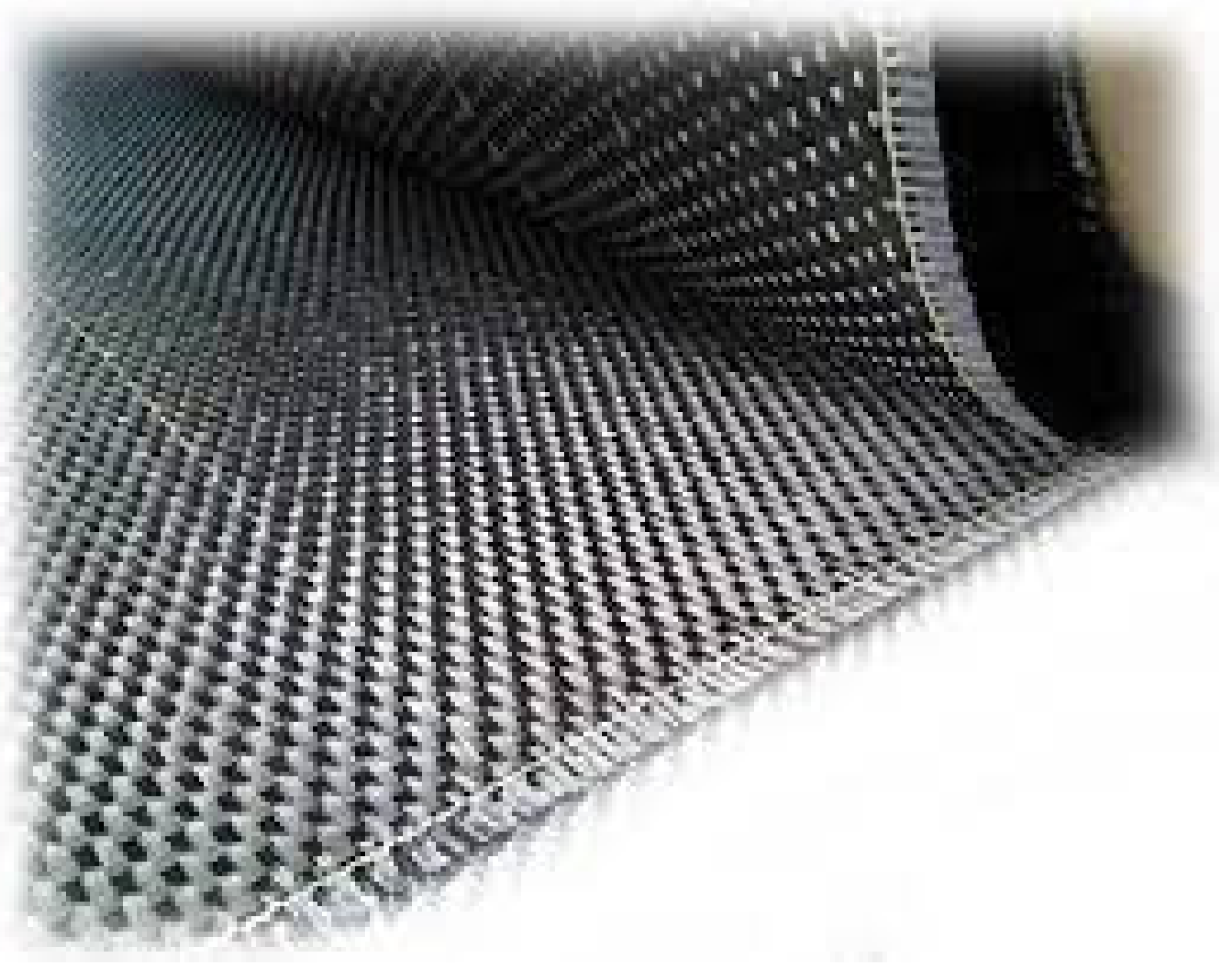

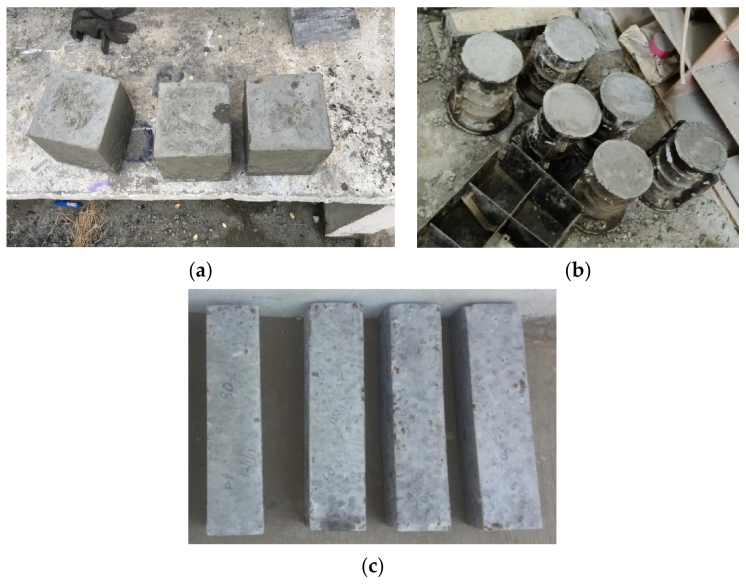



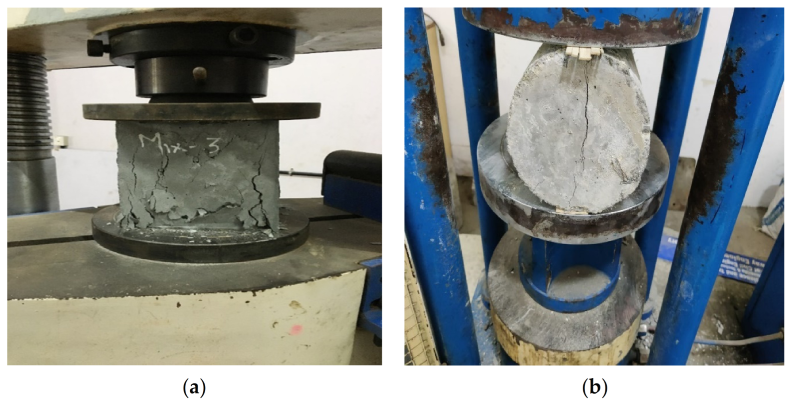





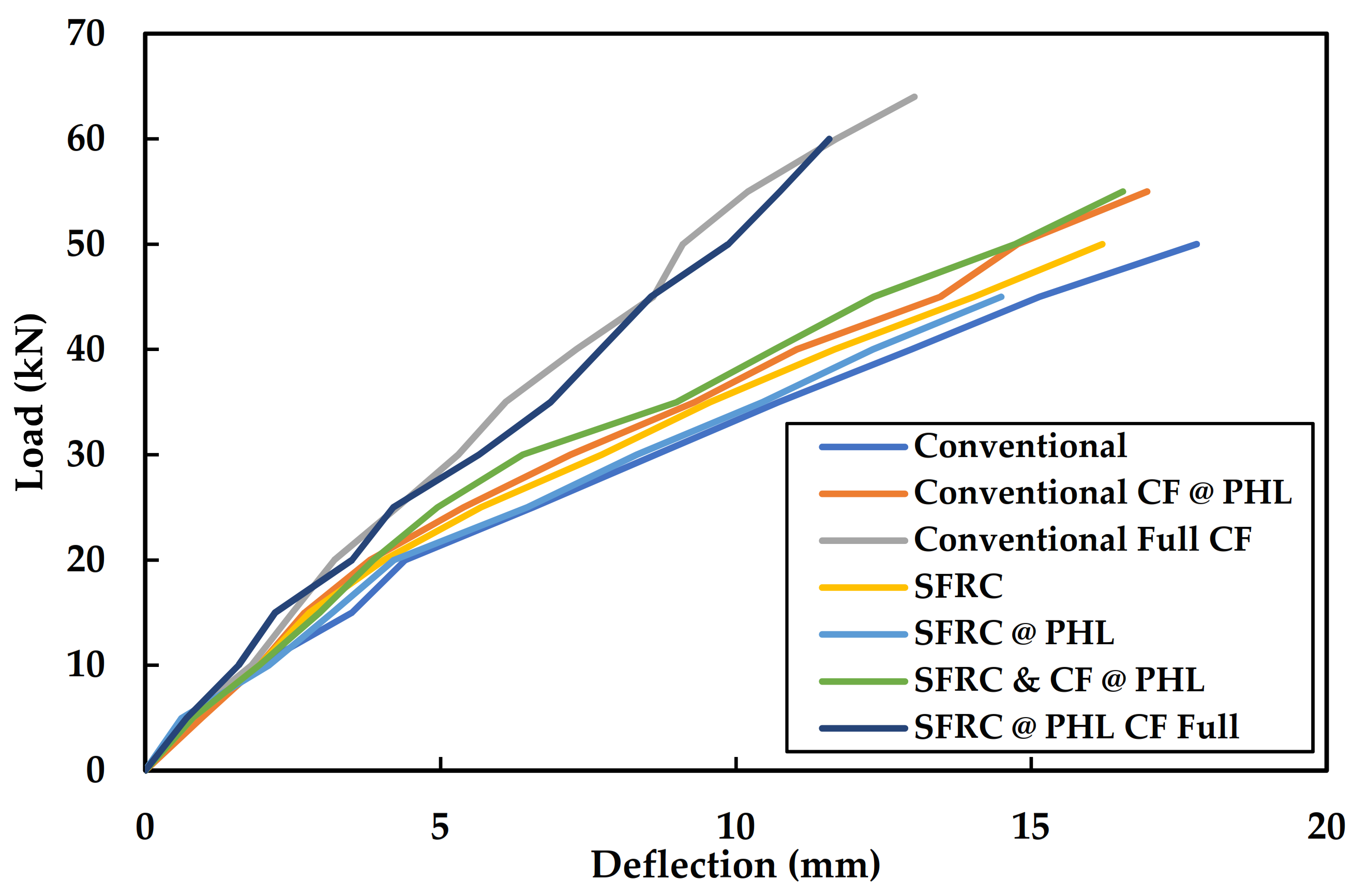
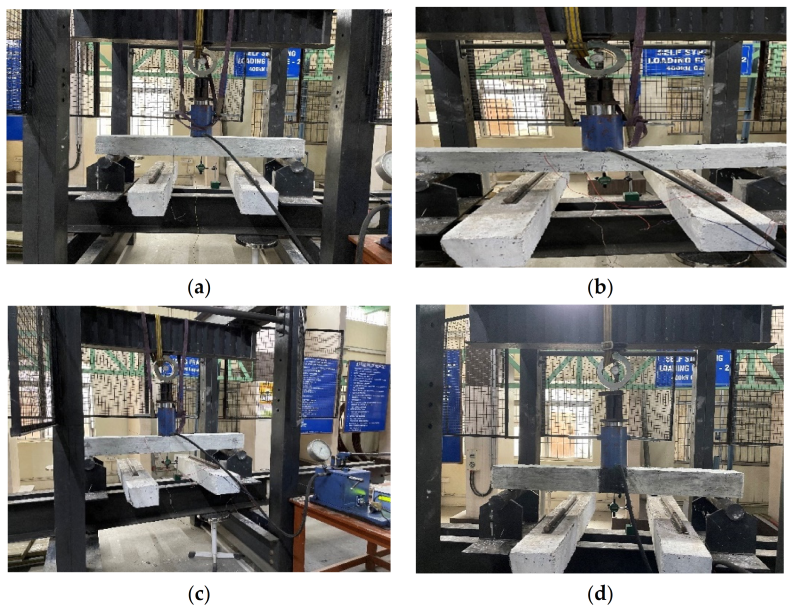
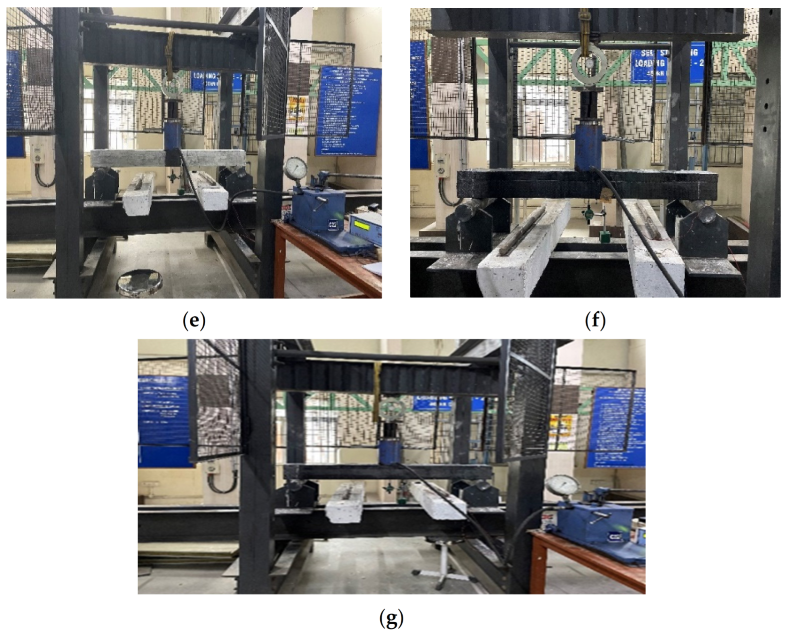


| Description | Empirical Formula |
|---|---|
| Baker—1956 | k(z/d)1/4d |
| Herbert and Sawyer—1964 | 0.25d + 0.075z |
| Corley—1966 | 0.5d + 0.2√d(z/d) |
| Priestley and Park—1987 | 0.08z + 6db |
| Paulay and Priestley—1992 | 0.08z + 0.022db fy |
| Properties | Conventional M25 | SFRC M25 |
|---|---|---|
| Density | 2.3 × 10−9 | 2.3 × 10−9 |
| Youngs Modulus (MPa) | 25,000 | 29,025 |
| Poisson Ratio | 0.2 | 0.2 |
| Description | Properties |
|---|---|
| Density | 1750 kg/m3 |
| Young’s modulus of elasticity | 230,000 Mpa |
| Poisson’s Ratio | 0.3 |
| Fiber weight | 200 g/m2 |
| Tensile Strength | 2500 Mpa |
| Thickness | 0.048 mm |
| Description | Properties |
|---|---|
| Density | 7.85 × 10−9 |
| Young’s modulus of elasticity | 200,000 Mpa |
| Poisson’s Ratio | 0.3 |
| Yield Stress | 450 |
| Plastic Strain | 0.3 |
| Geomentry | linear |
| Length | 30 mm |
| Diameter | 0.5 mm |
| Length/Diameter | 1/60 |
| Component | Quantity (kg/m3) |
|---|---|
| Cement | 338.18 |
| Fine Aggregate | 723.96 |
| Coarse Aggregate | 1141.09 |
| Water/cement | 0.55 |
| Mix ratio | 1:2.14:3.37 |
| S.No | Specimen | Modulus of Elasticity (MPa) |
|---|---|---|
| 1 | Conventional Plain Cement Concrete | 25.47 |
| 2 | Steel—Fiber Reinforced concrete | 29.03 |
| Concrete Type | 7 Days (MPa) | 14 Days (MPa) | 28 Days (MPa) |
|---|---|---|---|
| Conventional | 16.3 | 20.5 | 26.59 |
| SFRC 1.5% | 21.58 | 25.86 | 31.2 |
| Concrete Type | 7 Days (MPa) | 14 Days (MPa) | 28 Days (MPa) |
|---|---|---|---|
| Conventional | 2.54 | 3.61 | 3.9 |
| SFRC 1.5% | 3.02 | 4.45 | 4.76 |
| Concrete Type | 7 Days (MPa) | 14 Days (MPa) | 28 Days (MPa) |
|---|---|---|---|
| Conventional | 2.1 | 3.2 | 4.12 |
| SFRC 1.5% | 2.92 | 3.9 | 5.1 |
| Beam Description | Ultimate Load (KN) | Deflection (mm) |
|---|---|---|
| Conventional beam | 38 | 8.21 |
| Carbon fiber mesh jacketing at plastic hinge length of conventional beam | 48 | 15.43 |
| Carbon fiber mesh jacketing for the full length of conventional beam | 64 | 15.95 |
| SFRC | 43 | 13.78 |
| SFRC only at the plastic hinge length of a beam | 41 | 11.9 |
| SFRC and carbon fiber mesh jacketing only at the plastic hinge length of a beam | 38 | 11.63 |
| SFRC only at plastic hinge length and carbon fiber mesh jacketing for a total length of a beam | 60 | 15.67 |
| Model | Experimental Displacement | Analytical Displacement |
|---|---|---|
| Conventional Beam | 5.8 | 8.6 |
| Carbon fiber mesh jacketing for full length | 5.4 | 5.46 |
| Carbon fiber mesh jacketing on plastic Hinge Length | 6.85 | 7.04 |
| SFRC | 6.86 | 7.7 |
| SFRC only at plastic hinge length | 7.2 | 8.32 |
| SFRC and Carbon fiber mesh only at plastic hinge length | 6.54 | 6.39 |
| SFRC only at plastic hinge length and carbon fiber mesh jacketing for full length | 5.31 | 5.5 |
| Model | Stiffness (N/m) |
|---|---|
| Conventional beam | 2.30 × 106 |
| Carbon fiber mesh jacketing for full length | 4.01 × 106 |
| Carbon fiber mesh jacketing on PHL | 3.24 × 106 |
| SFRC | 3.27 × 106 |
| SFRC only at plastic hinge length | 3.36 × 106 |
| SFRC and carbon fiber mesh only at plastic hinge length | 3.44 × 106 |
| SFRC only at plastic hinge length and carbon fiber mesh jacketing for full length | 3.83 × 106 |
Publisher’s Note: MDPI stays neutral with regard to jurisdictional claims in published maps and institutional affiliations. |
© 2022 by the authors. Licensee MDPI, Basel, Switzerland. This article is an open access article distributed under the terms and conditions of the Creative Commons Attribution (CC BY) license (https://creativecommons.org/licenses/by/4.0/).
Share and Cite
Sivanantham, P.; Pugazhlendi, D.; Gurupatham, B.G.A.; Roy, K. Influence of Steel Fiber and Carbon Fiber Mesh on Plastic Hinge Length of RCC Beams under Monotonic Loading. J. Compos. Sci. 2022, 6, 374. https://doi.org/10.3390/jcs6120374
Sivanantham P, Pugazhlendi D, Gurupatham BGA, Roy K. Influence of Steel Fiber and Carbon Fiber Mesh on Plastic Hinge Length of RCC Beams under Monotonic Loading. Journal of Composites Science. 2022; 6(12):374. https://doi.org/10.3390/jcs6120374
Chicago/Turabian StyleSivanantham, Pradeep, Deepak Pugazhlendi, Beulah Gnana Ananthi Gurupatham, and Krishanu Roy. 2022. "Influence of Steel Fiber and Carbon Fiber Mesh on Plastic Hinge Length of RCC Beams under Monotonic Loading" Journal of Composites Science 6, no. 12: 374. https://doi.org/10.3390/jcs6120374
APA StyleSivanantham, P., Pugazhlendi, D., Gurupatham, B. G. A., & Roy, K. (2022). Influence of Steel Fiber and Carbon Fiber Mesh on Plastic Hinge Length of RCC Beams under Monotonic Loading. Journal of Composites Science, 6(12), 374. https://doi.org/10.3390/jcs6120374








